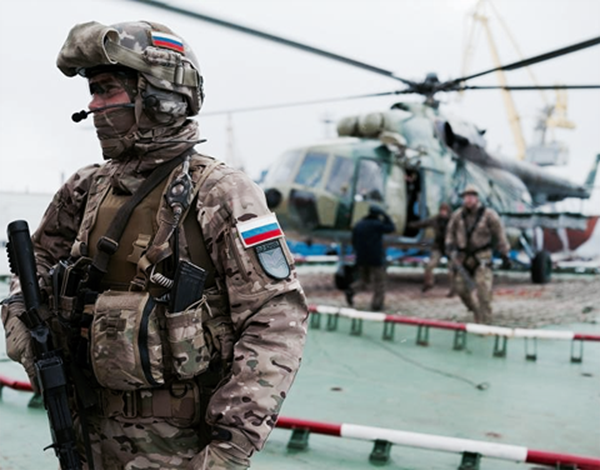Media: Russia is increasing its military presence in Syria
Russia is significantly increasing its military presence in Syria after the ceasefire broke down. It has deployed servicemen, aircraft and advanced missile systems to the country, Reuters reported, citing publicly available sources. The analysis of this data shows that Russia has doubled its military presence by air and sea compared with the almost two-week period that preceded the truce.
It is the largest deployment of Russian Armed Forces in Syria since the Russian President, Vladimir Putin, indicated the withdrawal of Russian troops from Syria. The Turkish online-project, Bosphorus Naval News, which tracks the movement of ships through the Bosphorus Strait, shows that 10 Russian ships have passed through Istanbul on their way to Syria.
Five Russian Navy warships passed through the Bosphorus Strait during the 13-day period before the truce from 27th of August to 7th of September. On the 7th of October, a correspondent for Reuters spotted the Russian small missile ship, Mirazh, sailing through Bosphorus towards the Mediterranean Sea. Two other Russian missile ships were deployed in the Mediterranean Sea on Wednesday.
Some of the ships, which were sent to Syria, were heavily loaded. Having passed through Bosphorus, Russian warships were headed to the Tartus naval base located in Latakia (west Syrian province). Reuters failed to establish what cargo they were carrying.
According to FlightRadar24.com, which tracks the movement of aircraft, troops and equipment are also being brought to Syria by air. Russian military aircraft flew to the Russian Khmeimim airbase six times during the first six days of October as compared with 12 flights a month in September and August. The strengthened workforce, likely includes experts, who can put the S-300 missile systems into operation.
These systems will enhance Russia’s capacity to control Syrian airspace and can be aimed at the prevention of more rigid actions by the United States, analysts said. “The S-300 missile system mostly enables Russia to announce a no-fly zone over Syria,” a research analyst at the Royal United Services Institute, Justin Bronk said. Russia can just simply say: We will continue to fly and anything that poses a threat to our aircraft will be considered as hostile and will be destroyed, the analyst added.
The Russian Ministry of Defense hasn’t responded to written requests by Reuters. A high-level representative of the Russian Air Force, speaking on condition of anonymity, denied an increase in military force in Syria.
